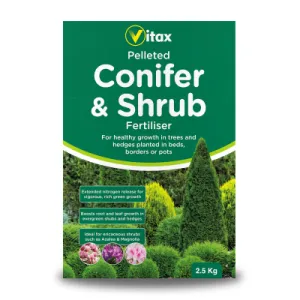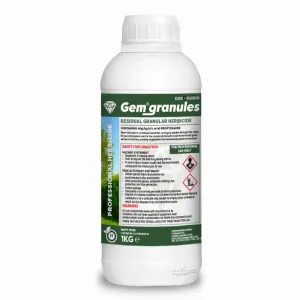As we become increasingly aware of the impact Christmas tree disposal has on the environment – both real and artificial – more of us are looking for ways to reduce the impact of our own Christmas festivities.
One of the best things we can do to keep this impact to a minimum is to reuse the same living Christmas tree – every year. And all you need to make this a reality? A rooted or potted tree, compost, and some outdoor space!
Happily, most Christmas tree (conifer) varieties will tolerate being brought indoors for a short while and then returned to the garden to continue growing for another year.
How to keep reusing the same Christmas tree
Buy local
If you are starting with a new tree from a nursery this year, make sure to buy one grown in the UK, and preferably as close to you as possible.
Think about the size of the tree; you don’t want to choose something that is already very large as bringing an increasingly large tree in each year could become difficult.
Potting up
If buying a potted tree, select one that does not look pot bound (there are no large roots coming out of the bottom of the pot). If there are visible roots, buy a slightly larger pot and be ready to re-pot it once you get it home.
If buying a rooted tree or bare root / root-balled tree, make sure you have a good size pot with drainage holes to plant it into, plus high-quality soil-based compost.
Give your rooted tree a water before potting / re-potting. Pop some broken crocks or gravel into the bottom of your new pot and then pour a decent amount of compost on top before potting up your tree and filling it with compost, patting gently down.
Give your newly potted tree a water but avoid soaking it. Ideally, you want to keep the soil moist and only top up with water when the top looks dry.
Acclimatising your tree
Leave your new tree outdoors for at least a week before bringing it in - as close as you can to Christmas Day - to reduce its indoor time.
For extra-careful acclimatising, move it to an outdoor porch, conservatory or just closer to your house two-three days before bringing it in.
Most potted trees will be comfortable in a room that isn’t too hot for around 12-14 days. Try and keep your tree away from fires, radiators and other sources of heat.
Check your tree each day to ensure the soil hasn’t dried out too much and use a pot tray underneath to catch any excess water.
Decorate carefully to avoid damaging or breaking branches.
On-going care
When you’re ready to take your tree back outside, reverse the acclimatising steps if outside temperatures are very low, moving it slowly away from your house to its final position. Choose a sheltered position but ideally in full sun.
Prune away any dead or thinning branches to maintain its shape and keep it well watered ensuring the soil is always moist.
Once settled outdoors, you will notice weeds growing in the pot. Make sure you remove these to prevent nutrient competition. Use a product like Gem Granules to control weeds.
Your tree will have exhausted the nutrients in the compost by early spring, so make sure to give it a feed with a specialist conifer fertiliser following the manufacturer’s application rates. You should repeat the feed every few weeks until late autumn.
Your tree will put on an average of a foot a year in height and will need re-potting each year. Undertake the repotting task in late November when the roots are dormant.
Once your tree has become too large to bring indoors, consider keeping it in a large pot outside and using it to place outdoor lights on each year.
Alternatively, find it a permanent home in the ground – if you have the space. But bear in mind that they can get very large! Selecting a smaller variety in the first place is wise if you think you’ll end up planting it outside. Some of the smaller varieties include Fraser Firs and Korean Firs.
Take care when planting in the ground as the change in soil temperature, moisture and nutrient levels can shock conifers, so do take advice before doing this.







